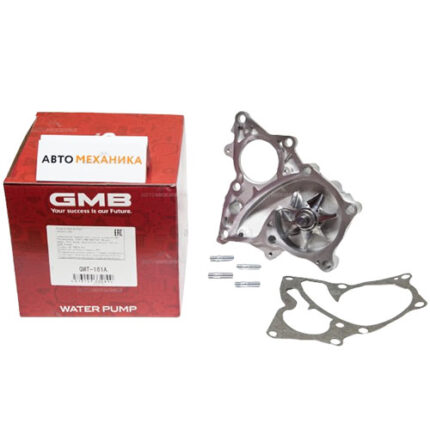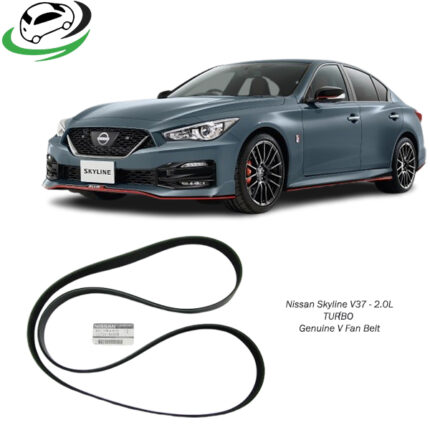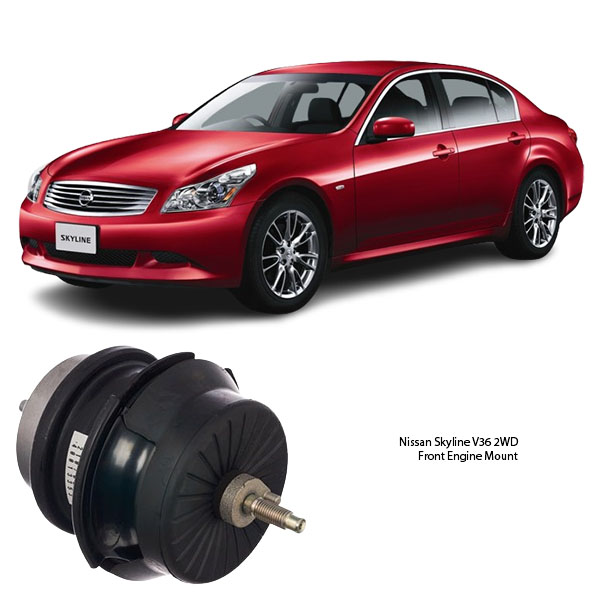Get Nissan Skyline V36 2WD Front Engine Mount 11220-JK00A in Kenya
The front engine mount is a crucial component in your vehicle’s engine system. It serves as a support structure that connects the engine to the vehicle’s chassis. While it may seem like a small or simple part, its role is fundamental in maintaining the overall stability, alignment, and smooth operation of the engine. 🛠️
Unlike rear or side mounts, the front engine mount is strategically placed to absorb the bulk of the engine’s forward momentum, particularly during acceleration and braking. It acts as a shock absorber, keeping the engine secure and aligned while dampening vibrations that would otherwise be felt throughout the cabin.
📌 Key Functions of a Front Engine Mount
-
Engine Stabilization
-
The front engine mount helps keep the engine in a fixed position during driving. Without it, the engine could tilt, shift, or even become misaligned — leading to serious mechanical issues over time. 🚗🔒
-
-
Vibration and Noise Reduction
-
One of the most important functions of a good engine mount is vibration isolation. It minimizes engine noise and keeps the ride quiet and smooth. The mount is typically made of rubber or polyurethane, which absorbs engine vibrations before they can travel to the vehicle frame. 🔇🧘♂️
-
-
Support During Acceleration
-
During heavy acceleration or deceleration, your engine wants to move — especially forward or backward. The front mount absorbs that momentum, acting as a brace to reduce strain on the drivetrain and transmission. ⚙️🏎️
-
-
Alignment and Balance
-
Proper engine mounting ensures the engine remains correctly aligned with the transmission and other components. Misalignment can cause early wear and inefficient power transfer. A solid mount keeps everything in place. 🎯⚖️
-
🧱 What It’s Made Of
A front engine mount typically includes:
-
Metal Brackets: These provide structural integrity and connect the engine to the vehicle frame.
-
Rubber or Polyurethane Core: This flexible material absorbs vibration and cushions engine movement.
-
Fasteners and Bolts: These secure the mount in place and allow for precise alignment.
Some newer mounts also include hydraulic or electronic damping systems, which adjust stiffness dynamically for optimal comfort and performance. ⚡🔩
⚠️ Signs of a Worn or Damaged Front Engine Mount
Like all mechanical components, engine mounts wear out over time. When they do, they can cause a range of issues. Keep an eye (and ear) out for the following symptoms:
-
Excessive Vibrations
You may feel more vibration than usual, especially when idling or accelerating. The rubber in the mount may have deteriorated, reducing its ability to dampen movement. 🚨🌀 -
Clunking or Banging Noises
If you hear strange noises when starting the engine, shifting gears, or going over bumps, the mount may be loose or broken. This is often caused by the engine shifting unexpectedly. 🔊🔧 -
Visible Wear or Cracks
Upon inspection, if the rubber looks cracked, brittle, or separated from the metal, it’s a clear sign the mount needs replacing. 👀❌ -
Engine Movement
Open the hood and gently rev the engine while in park — if you see the engine lurching or tilting too much, that could point to a worn-out mount. 📉🛞
🔄 How It’s Replaced
Replacing a front engine mount is a technical task that should be done carefully, ideally by a professional. Here’s a general overview of what the process looks like:
-
Safety First 🔐
-
The engine must be supported from underneath to prevent movement when the mount is removed.
-
-
Accessing the Mount 🛠️
-
The technician may need to remove engine covers, brackets, or nearby components to reach the front mount.
-
-
Unbolting and Removing the Old Mount 🔓
-
Once exposed, the worn mount is carefully unbolted from the engine and the frame.
-
-
Installing the New Mount 🧩
-
A new mount is aligned precisely and bolted in. Torque specs must be followed to ensure proper fit and performance.
-
-
Testing and Inspection ✅
-
After installation, the engine is started and tested for vibration, alignment, and noise.
-
Though it’s not a frequent maintenance item, a bad engine mount left unaddressed can lead to further damage — including broken exhaust components, misaligned driveshafts, or even transmission issues. 🧨📉
🔄 Rubber vs. Polyurethane vs. Hydraulic Mounts
Engine mounts come in different materials and technologies. Each has its pros and cons:
🔹 Rubber Mounts
-
Most common in standard vehicles
-
Affordable and excellent for absorbing vibrations
-
Can wear out faster over time due to heat and engine oil exposure
🔹 Polyurethane Mounts
-
More durable and performance-focused
-
Stiffer feel, which may allow for slightly more vibration
-
Great for performance or off-road applications
🔹 Hydraulic/Electronic Mounts
-
Found in modern vehicles with advanced vibration control
-
Use fluid chambers or electronic control to vary stiffness
-
Offer the smoothest ride but can be more complex and expensive to replace
Choosing the right type depends on the performance level and comfort expectations. Each material serves its purpose based on the driving environment and vehicle design. 🧪🛣️
🧠 Pro Tip: Check All Mounts
If one engine mount has worn out, it’s wise to inspect the others. They often wear at similar rates. Ensuring all mounts are in good condition will protect your drivetrain and ensure a smoother drive. 🧰🔍
🧽 Maintenance Tips
While engine mounts don’t require frequent maintenance, you can extend their life with a few simple habits:
-
Avoid aggressive driving – Hard acceleration and sudden stops add stress to mounts.
-
Watch for oil leaks – Engine oil can deteriorate rubber mounts quickly.
-
Get vibrations checked early – Don’t ignore odd sensations or noises during driving.
Being proactive saves you from bigger problems later and keeps the ride smooth. ✨🛣️
📚 Final Thoughts
The front engine mount may not get much attention, but it’s absolutely vital to the operation, comfort, and safety of your vehicle. It works silently in the background, anchoring the engine, reducing vibrations, and maintaining perfect alignment as you drive. 🌟🔧
Ignoring a faulty mount can lead to a rough ride, unusual noises, and even damage to other components. By understanding its role and watching for early warning signs, you’ll keep your vehicle running smoother for longer — with less stress and more confidence on the road.
Follow us on Facebook for more parts.




